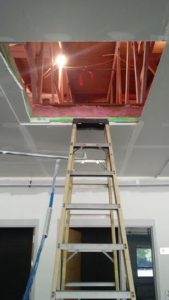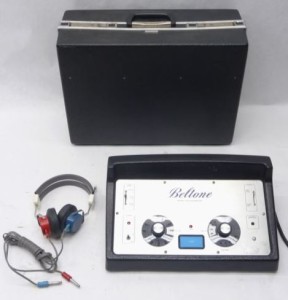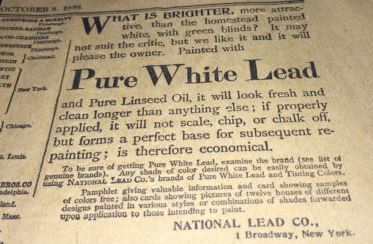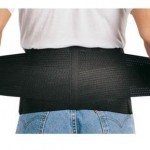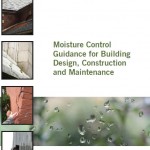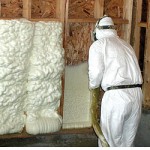Honestly, I did not think lead exposure to adults (and even kids in small amounts) was an issue. Mainly because:
- OSHA has good (protective) rules on lead in construction (updated in 1993) and they mimic the ACGIH TLVs.
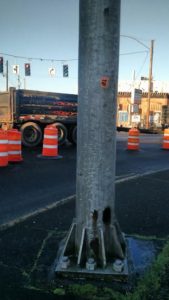
- We all have lead in our blood. (…and I seem to be doing fine)
- We are doing better as a society. For example: no more* leaded gasoline.
But, one technical session last year at a conference changed my mind. We have a long ways to go.
The point: low levels of lead may have significant health consequences. And, if you have lead (Pb) in your body–it is from a source.
If I haven’t convinced you, the CDC is also considering ANOTHER reduction in childhood blood lead levels. In 2012 they reduced the advisory blood lead levels (in children) to 5Â ug/dl. Later this month (Jan 17, 2017) they are meeting to consider reducing this level to 3.5 ug/dl! Whether of not they reduce it, the fact they are considering it should further our attention.
And, if you think this just applies to industries with heavy lead, think again. It has A LOT to do with construction.
“Construction Program researchers and the New Jersey Department of Health and Senior Services (DHSS) conducted a surveillance study in 1993 and 1994 involving the voluntary participation of 46 construction workers’ families. BLL (blood lead level) testing of young children indicated that the workers’ children, particularly those under age six, were at greater risk of having elevated BLLs (≥ 10 µg/dL) than children in the general populationâ€
We (you) must pinpoint the source of your lead exposure. And, it may not be obvious. Since lead exposure can occur from airborne levels and by ingestion, the sources of lead exposure can vary widely.
For example, in Flint, Michigan they changed water sources to a more natural one. But, *spoiler alert*, the water had more salt – which was corrosive – which leached higher levels of lead from the pipes. Other sources can include: kids toys, jewelry, fishing weights, battery recycling, glass manufacturing, etc. (the picture of the above light pole looks like galvanized metal, but actually contained 45% leaded paint!)
What to do…
- Train and make people aware of the issue (free video that we produced! 1:31)
- Blame someone. Just kidding. Find the source of your lead exposure.
- Before starting a project, know where the lead paint is, and the activities you plan on performing.
- Get your blood tested for lead levels
- Wear the proper PPE and ESPECIALLY have good hygiene
- Perform air monitoring (and probably wipe sampling) to verify lead is not escaping from project.

